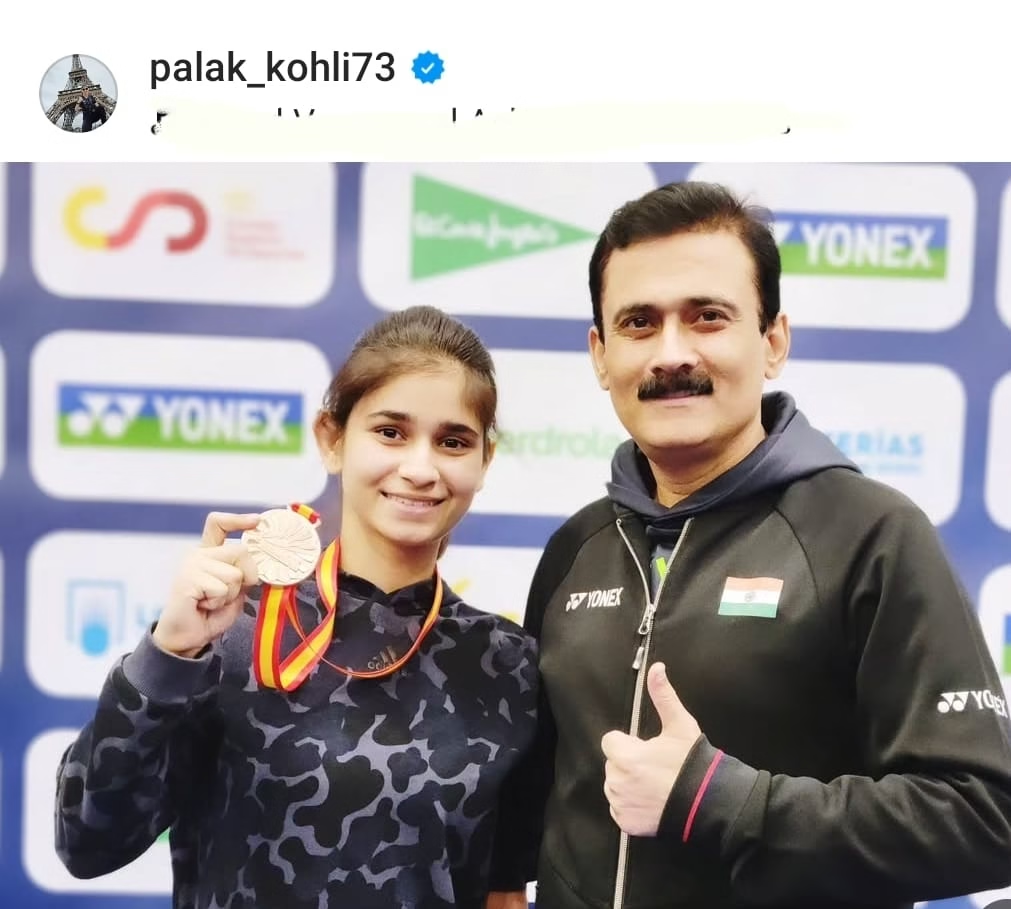ICSE Class 10 Biology: Ultimate Answer Set on “Cell – The Unit of Life” ✨Visionary

ICSE Class 10 Biology: Ultimate Answer Set on "Cell - The Unit of Life" ✨Visionary
ICSE CLASS 10 ICSE CLASS 10 BIOLOGY ICSE CLASS 10 BIOLOGY SOLUTION
ICSE Class 10 Biology: Ultimate Question Set on “Cell – The Unit of Life” ✨Visionary
🌟 Powerful Introduction

Master your biology concepts with this exclusive collection of well-structured and comprehensive answers from the ICSE Class 10 chapter “Cell – The Unit of Life.” Designed to enhance your understanding and exam performance, this guide is an excellent tool for revision and self-assessment.
🔹 Very Short Answer Type Questions – Detailed Answers
1. 🤔 Identify the cellular structures based on the following clues:
- (a) Mitochondria – Synthesizes respiratory enzymes for energy production.
- (b) Plasma Membrane – Composed of lipoproteins, it regulates the entry and exit of substances, maintaining the internal environment of the cell.
- (c) Cell Wall – A non-living, rigid layer made of cellulose that surrounds the plasma membrane in plant cells, providing structural support and protection.
- (d) Endoplasmic Reticulum (ER) – Acts as a supportive framework for the cell, assisting in the transport of materials.
- (e) Golgi Apparatus – Composed of cisternae, vesicles, and vacuoles, it is involved in modifying, sorting, and packaging proteins.
- (f) Lysosomes – Known as the “suicidal bags” of the cell, they destroy foreign substances and aid in cellular digestion.
- (g) Vacuoles – Provide turgidity to plant cells by maintaining cell pressure and storing nutrients.
- (h) Chromatin Fibers – Consist of DNA threads and are responsible for carrying genetic information.
- (i) Nucleus – Contains chromatin fibers and controls cell activities.
- (j) Centrosome – Initiates and regulates cell division.
2. 🥇 Provide two examples for each of the following:
- (a) Unicellular animals – Amoeba, Paramecium.
- (b) Unicellular plants – Chlamydomonas, Diatoms.
- (c) Cell organelles – Mitochondria, Nucleus.
- (d) Cell inclusions – Pigments, Granules.
- (e) Stains that make the nucleus distinct – Iodine, Eosin.
3. 🌍 Name the following structures or concepts:
- (a) Leucoplast – A plastid lacking pigment, primarily involved in storage.
- (b) Anthocyanin – A pigment not found in plastids, responsible for red, purple, or blue colors in plants.
- (c) Carotene – An orange-red pigment present in chromoplasts.
- (d) Dictyosomes – Scattered Golgi bodies found in plant cells.
- (e) White Blood Cells (WBCs) – Amoeboid blood cells in the human body that fight infections.
- (f) Red Blood Cells (RBCs) – The smallest cells in the human body, responsible for oxygen transport.
- (g) Guard Cells – Bean-shaped cells found in the stomata, regulating gas exchange.
- (h) Cytosol – The part of the cytoplasm devoid of organelles, providing a medium for biochemical reactions.
- (i) Cristae – Finger-like projections from the inner mitochondrial membrane, increasing surface area for enzyme activity.
- (j) Cisternae – Tubules forming part of the Golgi complex, involved in processing and packaging substances.
📖 Descriptive Type Questions – In-depth Answers
1. 🖊️ Define the Following Terms:
- (a) Organelles – Specialized, membrane-bound structures within a cell, each performing distinct functions essential for the cell’s survival.
- (b) Cytoplasm – The semi-liquid component of the cell present between the cell membrane and nucleus, containing organelles and aiding in their movement and function.
- (c) Protoplasm – The living part of the cell, comprising the cytoplasm and nucleus, essential for various metabolic activities.
- (d) Nucleus – The control center of the cell, containing genetic material (DNA) and regulating cell growth, metabolism, and reproduction.
2. 🔄 Differentiate Between the Following Pairs:
- (a) Plant Cell vs. Animal Cell
- Size: Plant cells are generally larger; animal cells are smaller.
- Cell Wall: Present in plant cells (cellulose-based); absent in animal cells.
- Vacuoles: Large and prominent in plant cells; small and temporary in animal cells.
- Cytoplasm: Less dense in plant cells; denser and granular in animal cells.
- (b) Cell Wall vs. Cell Membrane
- Structure: The cell wall is rigid and non-living; the cell membrane is flexible and living.
- Composition: The cell wall is made of cellulose; the membrane is composed of lipoproteins.
- Permeability: Cell wall is freely permeable; the membrane is selectively permeable.
- (c) Centrosome vs. Chromosome
- Location: Centrosome is near the nucleus in the cytoplasm; chromosomes are within the nucleus.
- Function: Centrosome aids in cell division; chromosomes carry genetic information.
- Structure: Centrosome consists of centrioles; chromosomes are DNA coiled around histone proteins.
🚀 Quick Notes for Fast Revision
- Organelles: Specialized structures in a cell performing unique functions.
- Protoplasm: The entire living content within the cell, including the cytoplasm and nucleus.
- Cell Membrane: Semi-permeable barrier controlling the passage of materials.
🔍 Use this answer set as a comprehensive revision guide to excel in your biology exams! Need more help? Drop your queries below! 😊
Written By
Full Stack Developer and 5-Time World Record Holder, Grandmaster Bikram Sutradhar
bAstronautWay : A Government-Approved Trademark Brand
SirBikramSutradhar on YouTube
SirBikramSutradhar is also a Government-Approved Trademark Brand.
More Story click the link







SirBikramSutradhar Bikram Sutradhar GrandMaster Bikram Sutradhar BASTRONAUTWAY





